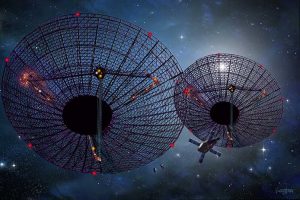
The Pentagon's Joint Artificial Intelligence Center (JAIC) Joint Information Warfare (JIW) team developed and helped field AI malware detection and threat detection tools and is now looking to develop AI for the space realm. Established in fiscal 2019 as JAIC's Cyber Mission Initiative, the JIW initially focused on the cyber domain but in the last two years has expanded its focus to developing AI for electromagnetic spectrum, space, and intelligence operations. Air Force Lt. Col. Andrew Wonpat, the acting head…














